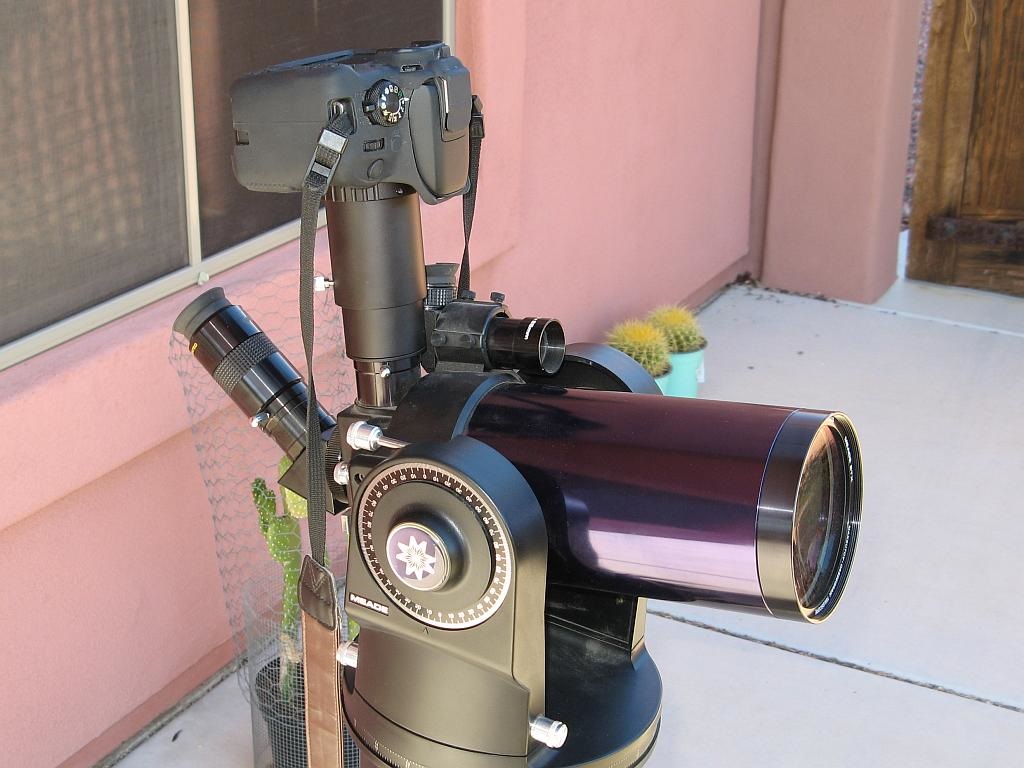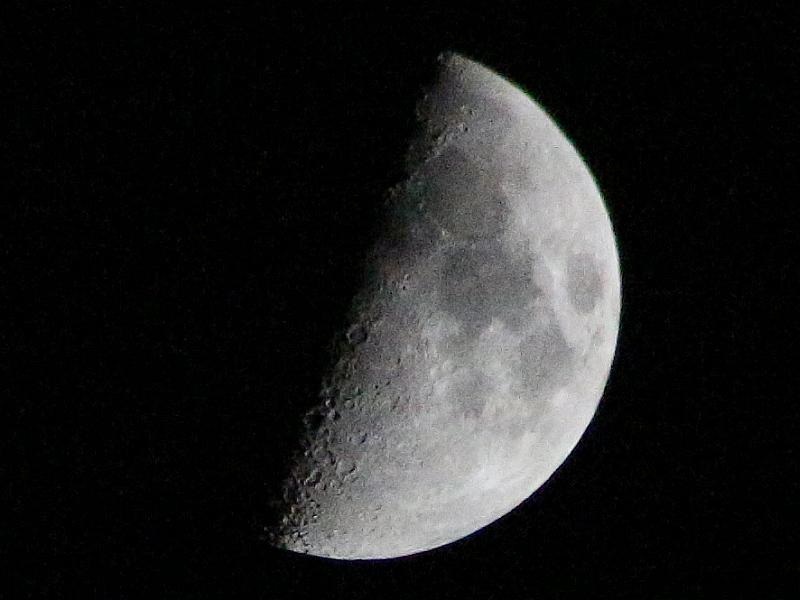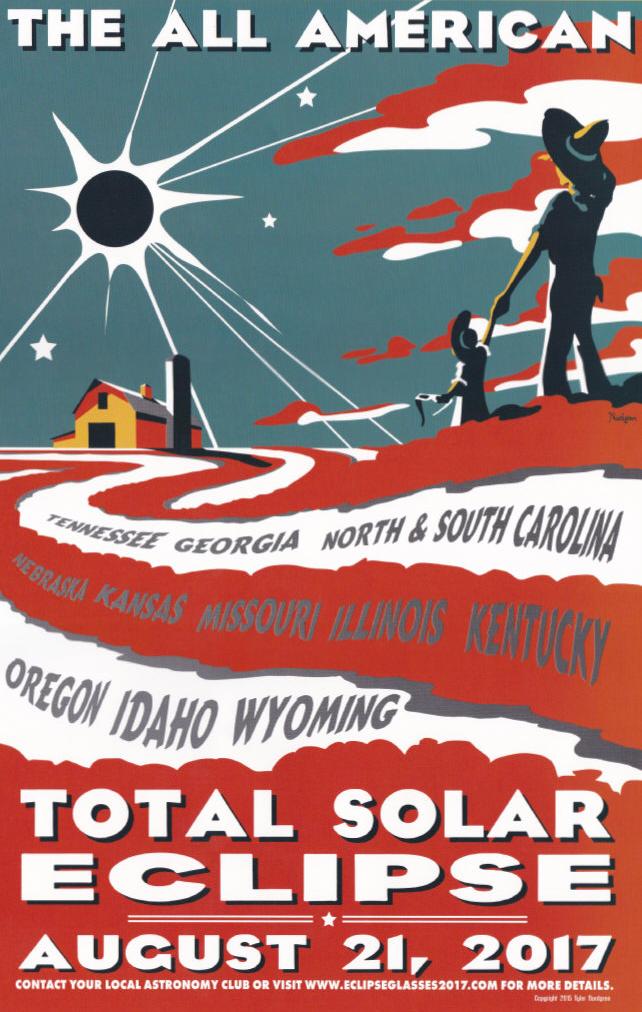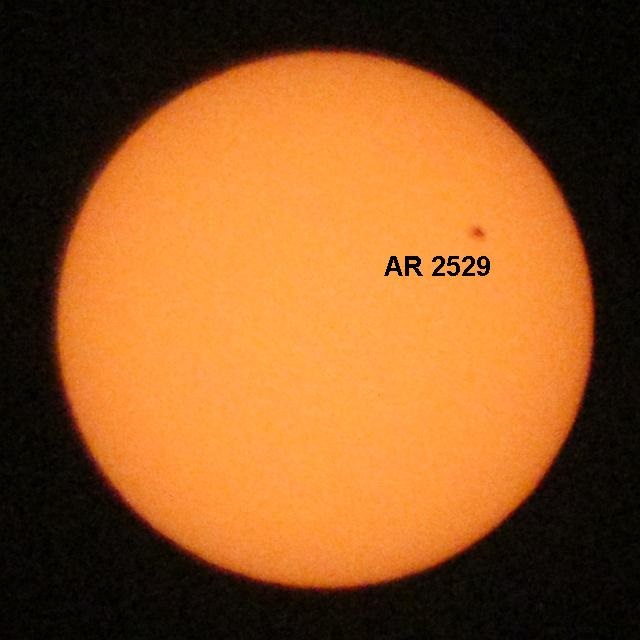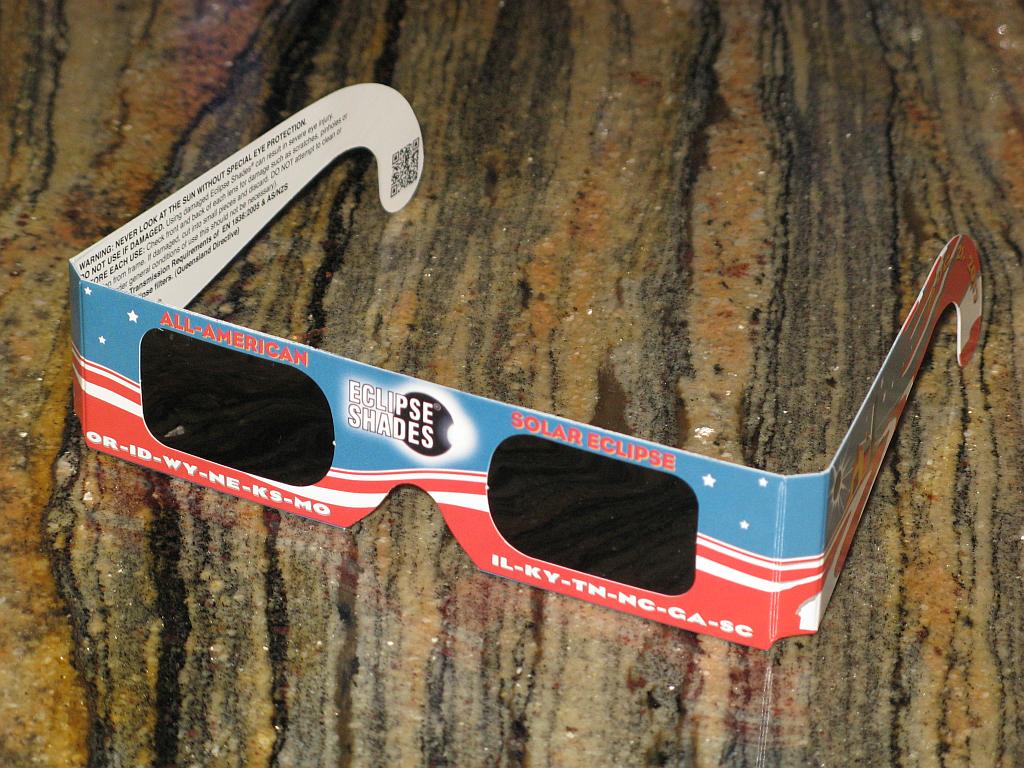 One year from today, we plan to be in Casper Wyoming to observe the August 21, 2017 total eclipse of the sun. We have been getting ready for the event for over four years.
One year from today, we plan to be in Casper Wyoming to observe the August 21, 2017 total eclipse of the sun. We have been getting ready for the event for over four years.
“Ready” includes making reservations at a campground near the centerline of totality, planning the trip to include some optional, scenic side excursions and purchase of a couple dozen commemorative eclipse shades from Rainbow Symphony. We are also preparing to use the camera and telescope to record this spectacular event.
Image: August 21, 2017 Total Solar Eclipse Commemorative Shades. Click to enlarge.
This post from May of 2012 has a map of the path of totality and some details about the eclipse. I also did some on-line research and found Eclipsophile.com/Wyoming which forecast a 75% chance for clear skies in August. We’re hoping that it will be so.

